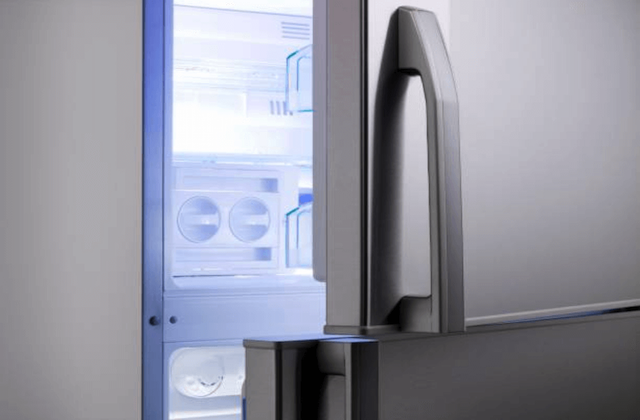Why is My Refrigerator Ice Maker Not Working?

Direct Oceanside Appliance Repair provides refrigerator repair in Oceanside, including professional services to fix broken ice makers. Learn about some common ice maker issues below:
Refrigerator ice makers are possibly one of the greatest inventions ever. This is a little luxury a lot of people might take for granted. Refrigerator ice makers are simple machines that don’t feature a lot of complicated parts that could cause issues.
Like with any repair, there are a few basic things that should be looked at before thinking the worst. And, remember, if needed, you are able to replace the ice maker without replacing the entire fridge, depending on the model. First, let’s review a couple of the reasons for an ice maker not working.
If the ice maker is making ice but it is not ejecting it it is usually means there’s a mechanical issue versus an electrical problem. This happens when reorganizing things around in the freezer unit, you might push or pull the control arm up or down. Often the ice maker will be jammed with something, even another piece of ice. First, check to see if there is anything blocking this part from operating the right way.
Before starting the steps of clearing out the freezer, be sure your ice maker is turned on. This can be done by moving the metal control arm down. From time to time, moving things around in the freezer might put the switch in the off position. If the the switch is clear, then there might be food or ice jammed inside of the ice maker or it is not receiving a good connection.
Check the Control Arm
When the control arm is down and there is ice but it’s not ejecting it, there could be an electrical or mechanical issue. This will need some more diagnosing. Ready to begin? First, we must check the electrical connection. This can be unplugged from the rear of the freezer when shifting or moving the freezer contents.
To inspect this, first unplug the refrigerator and move it out away from the kitchen wall. Turn off the freezer’s water supply. Locate the connection on the rear of the inside of the freezer. Basically this is what connects the ice maker into the freezer unit. Ensure that it’s plugged in properly.
Then, remove all of the ice that’s in the ice maker. This can be completed by adding a bit of water to help to get any ice that is in there out.
Once this is done, restore power to the fridge and turn on the ice maker. It might take the solenoid component a few seconds to react and fill the mold. Once the mold is full, wait 4-5 hours to see if you’ve solved the problem.
Check for Frozen Lines
More ice maker issues that might cause your ice maker to not produce ice are frozen lines. The water lines might be blocked with frost. This is a pretty simple issue to fix.
First, unplug the refrigerator and find the shut off valve. Shut the water off and then get a hair dryer to warm the water line or let the freezer sit without being on for a couple of hours and wait until the line is thawed.
There are some brands and models that feature a water filter that can clog or ice up. For these cases, locating the water filter is the first step. Then repeat what was done for the iced line.
If an ice maker isn’t making big enough pieces of ice, there is a problem with the ice maker settings. To adjust the settings, take the upper part of the cover off and find a simple knob that displays plus and a minus symbols. To do this, you may need a flat head screwdriver.
ADDITIONAL REFRIGERATOR RESOURCES
- Refrigerator Noisy
- Refrigerator Water Dispenser Not Working
- Refrigerator Not Cooling
- How Does a Refrigerator Work?
Copyright ©2024 Direct Oceanside Appliance Repair